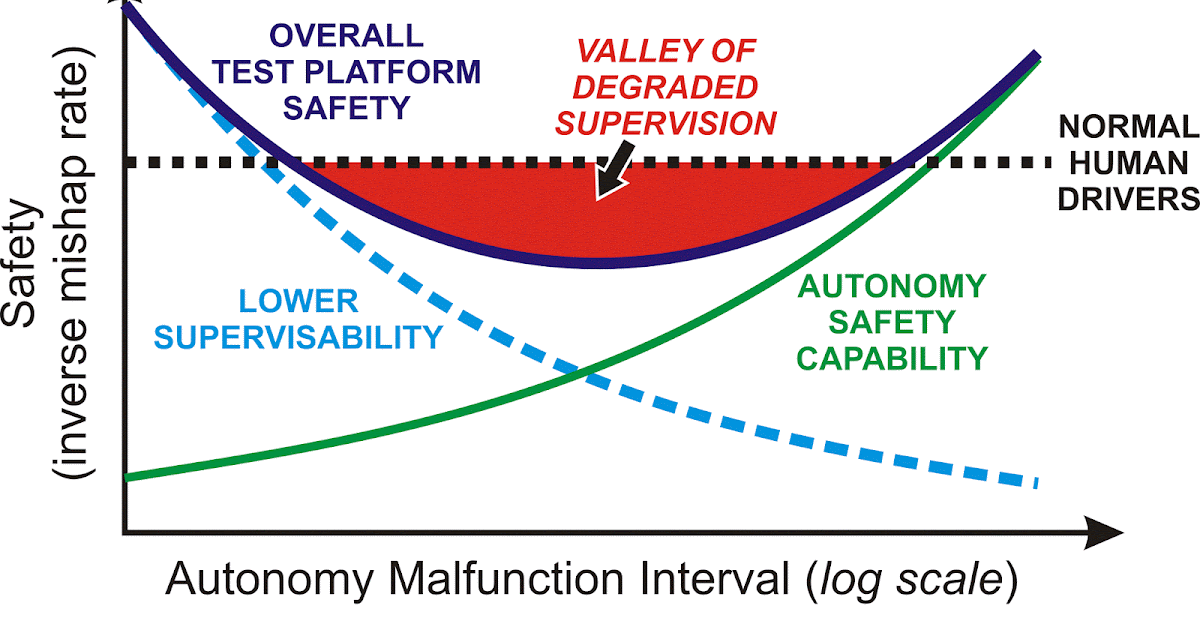PianoAl
Active Member
Lane change requests are ignored about 5 to 10% of the time on my car. Perhaps that's what happened. Immediately cancel the request (half press of the stalk) and request it again.It's hanging out behind a semi-truck on a 5-lane highway, I don't need another cracked windshield. Manual turn signal doesn't influence lane change, kind of disappointing.
The car will sometimes pass a car despite an upcoming exit. If you don't interfere, you'll probably find that it has time to get back in the right lane and make the exit.Almost missed my exit because it's too conservative on the merging, had to take over. I might try 'Aggressive' behavior setting and see what happens.
The biggest adjustment a new FSD user needs to make is learning that the car doesn't drive like you do, but that's usually okay.



